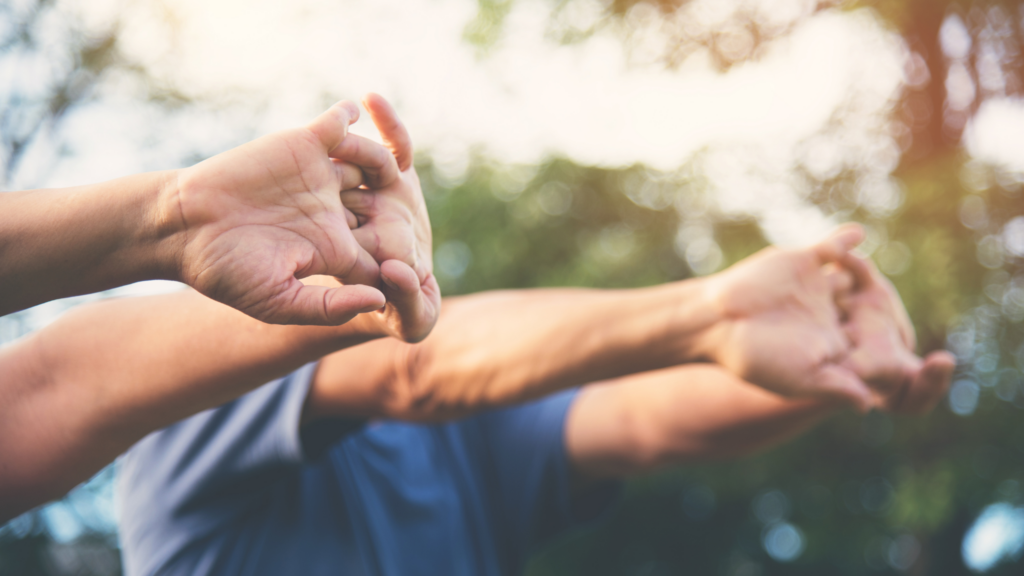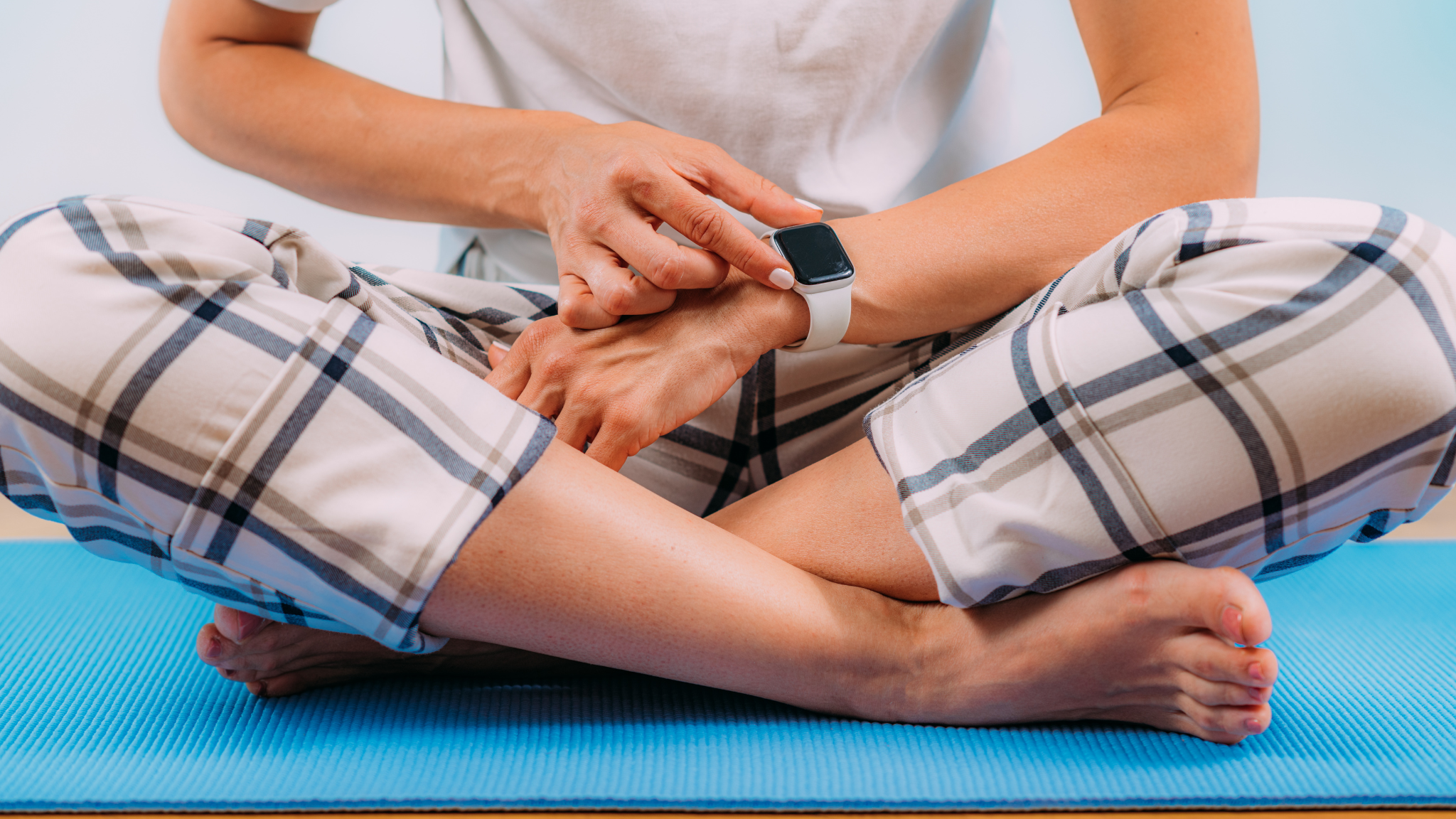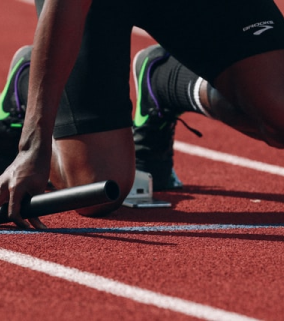What’s the best heart rate after stretching for 3 minutes? It’s a question many people consider, and it’s hard to know what it should be.
Stretching is crucial for your fitness routine. In fact, proper range of motion and flexibility has many benefits for your athletic performance and daily life.
Clearly, moderate and vigorous activity is essential, and skeletal muscle reflexes are important for the regulation and initiation of the cardiovascular responses for exercise.
Did you know that stretching sessions can affect your heart rate in different ways? When you understand how your body reacts to such activities, you can ensure that you’re heading in the right direction to improve systolic blood pressure.
The Heart Is Our Lifeline for Muscle Contraction and the Cardiovascular System
Your heart is essential for your health and fitness. It has a tough job among the working muscles of the human body. In fact, it relaxes and contracts 24/7/365. Without it, you wouldn’t get nutrients and oxygen to your body.
While pushing your body to handle more physical activity is important, the heart works harder to give it the nutrients and oxygen needed for the job. Even when you’re sleeping, your heart works, though at a lower intensity. In this instance, it’s enough to help your body recuperate and stay alive.
Exercise intensity is something everyone should consider. There are significant differences when running, lifting weights, and using stretching sessions. Blood flow is often heightened when you’re running, but strength training breaks down the muscles and helps them become stronger.
Stretching exercises performed after strenuous physical activity can help you relax and avoid muscle pain and weakness.
What’s Your Resting Heart Rate?

The resting heart rate is how many times the heart beats each minute while you’re resting (not doing anything strenuous). It’s best to check it in the morning, even before you get up. Definitely test your heart rate before drinking coffee or anything else. However, you may want to urinate first if that often causes your heart rate to become variable.
Resting Heart Rate By Age
Most adults see a BPM of 60 to 100 beats, which is normal for them. However, many things can affect your heart rate, such as medications, hormones, anxiety, stress, and your physical activity level. Athletes and active people might see heart rates as low as 40 BPM.
A lower resting heart rate is best. That means the heart muscle is in good condition, so it’s not working as hard to maintain those steady beats. Studies indicate that high resting heart rates are linked with high blood pressure, increased body weight, and low physical fitness.
You should be aware that your maximum heart rate is also important to know. This is how many beats per minute your body can take and still function. In fact, you never want to go to 100 percent of your max heart rate. Instead, you should be anywhere from 50 to 85 percent of the maximum for optimal results.
Stretching Exercise Options
There are many forms of stretching. Static stretching happens when you feel and hold the stretched muscle for a long period of time. The body becomes more relaxed here. However, dynamic stretching is often used as a warmup activity before a workout. This means the muscles go through their normal range of motion and go in a controlled manner. It wakes them.
Another form of static stretching includes assisted stretching. A fitness professional will perform the stretches.
Passive Muscle Stretch
A passive stretch is often similar to static stretches. With a sustained passive stretch, you relax the body using props or a partner. This intensity puts more external pressure on the body.
Doctors often use the maximum voluntary contraction measurement to gauge muscle strength. This will help you understand how much force a muscle group can handle. In fact, it will ensure that you know how much exercise intensity you can take from your heart rate.
Static Stretches and Heart Rate
Because static stretching is more relaxed, your heart rate should be closer to the resting rate. When it’s fully relaxed, the heart rate will decrease gradually because it’s not working as hard to give your body nutrients.
Ideally, when the stretching session is over, your heart rate should be about 100 beats per minute or lower to ensure it’s cooled down. After three minutes, you might not have a low enough heart rate, especially after vigorous exercise.
Dynamic Stretches and Heart Rate
Dynamic stretches happen before a workout to prepare your body for the exercise intensity or sport. This is opposite of static stretches, so the heart rate becomes elevated to gradually build to what you’ll do when exercising.
Overall, you should see an increased breathing rate, be lightly sweaty, and have a warm body because you’re not at the resting heart rate anymore. Likewise, the heart rate is often elevated to make sure the body gets nutrients and oxygen during the workout.
Your heart rate should be slightly elevated, which can go up to 90 percent of the maximum heart rate. However, this depends on your fitness level. If you find that you’re exerting too much force, your heart could become overworked, so you should level off until you feel more comfortable.
Assisted Stretching and Heart Rate
If you feel that assisted stretching is the best choice for you, it’s wise to use a professional to ensure effectiveness and safety. This style of stretching will keep your heart rate pretty low. Usually, heart rates stay around the resting rate, which ranges from 72 to 80 beats per minute on average.
PNF stretching could increase your heart rate more because you’re pushing or resisting as part of the work. However, it should be constant and consistent throughout the routine.
Stretching to Meet Your Goals

Your heart rate should see dips and peaks throughout the day. Healthy adults may not have to focus on losing weight, but they should still stretch to become more flexible. If you are obese, you may need to stretch after strenuous workouts to avoid muscle fatigue or damage so that you can lose weight gradually.
Knowing what you want from the stretches will give you a better idea of what you should do and when.







